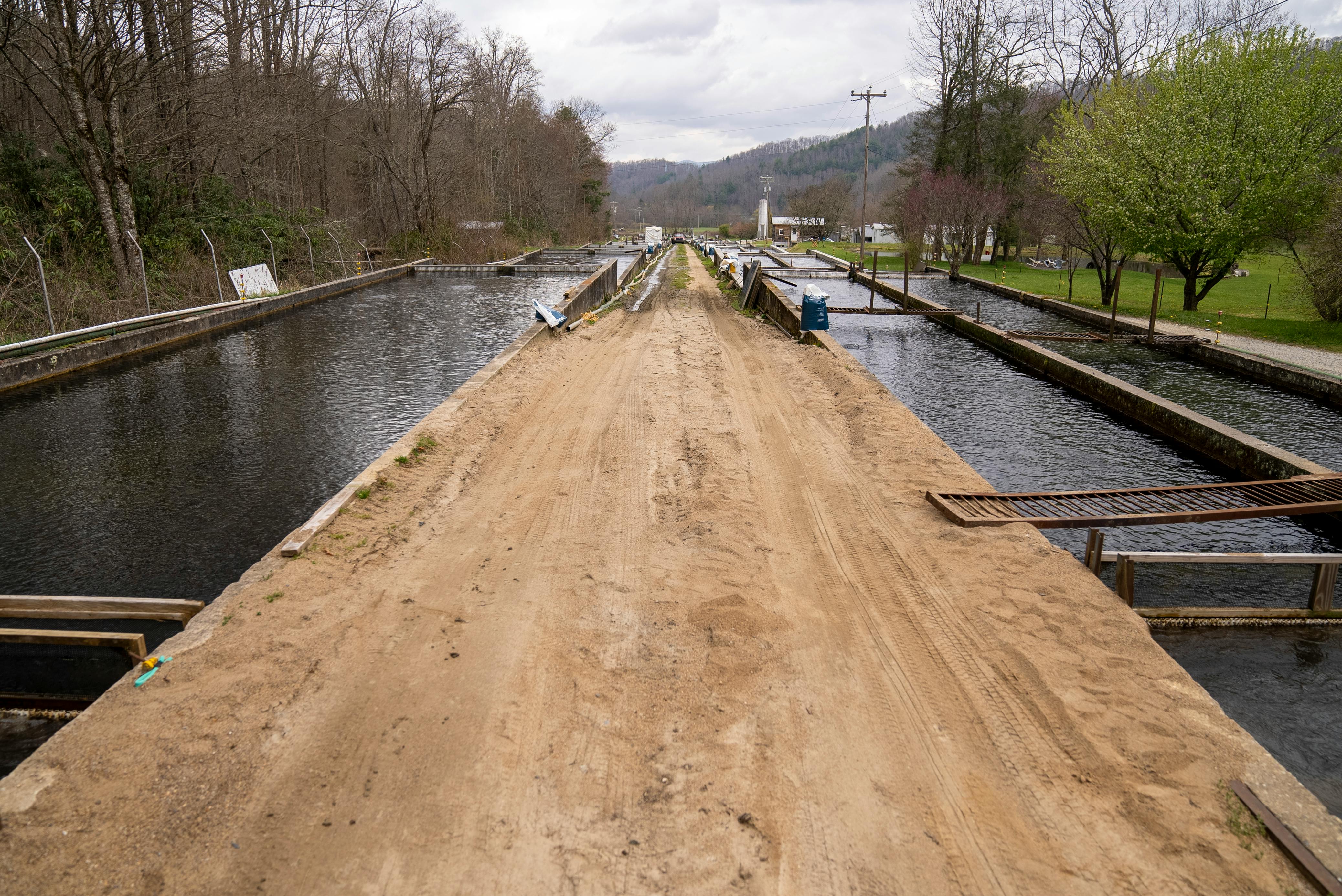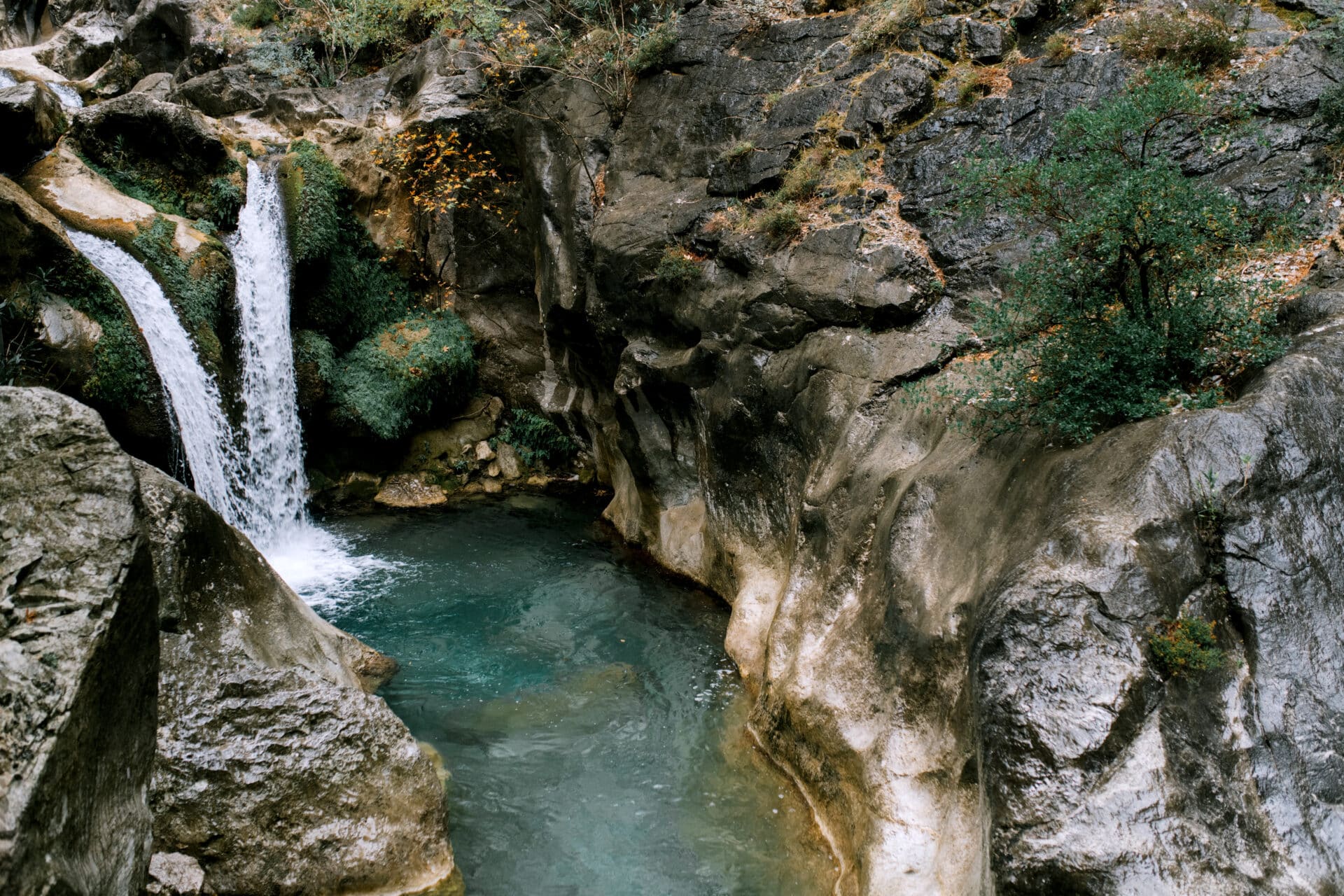Distilled water and purified water are both types of water that have undergone some degree of processing to remove contaminants. Though both may appear to be similar, there is a distinct difference between the two. Distilled water undergoes a process of boiling and condensation, while purified water is treated with a variety of methods such as reverse osmosis, carbon filtration and ultrafiltration. Both types of water are free from bacteria, heavy metals and other contaminants, making them safe for drinking. However, there are differences in taste, mineral content and other factors that set them apart.Distilled water is water that has been boiled into steam and then cooled to become a liquid again. It is free from impurities and minerals, making it the purest form of water available. It is often used in medical and scientific settings, as well as for general household use.
Purified Water
Purified water is water that has had impurities removed through a filtration process. The process of purifying water includes filtering out contaminants and adding minerals for taste. It is used in many industries, such as food and beverage production, medical facilities, and pharmaceutical manufacturing. Purified water is also used for drinking, as it eliminates the risk of consuming contaminated water. It is also often found in bottled waters and other products that require clean, safe drinking water. Purified water is typically produced using either reverse osmosis or distillation. Reverse osmosis involves passing the water through a semi-permeable membrane that removes contaminants such as bacteria and heavy metals from the water. Distillation involves boiling the water to remove impurities, then collecting the condensation from the steam to produce purified water. In both processes, minerals are usually added back into the purified water for taste and health benefits.
Purified water has several advantages over regular tap water. As it does not contain any harmful pollutants or bacteria, it is much safer to drink than untreated tap water. Additionally, it often tastes better than regular tap water due to the removal of chlorine and other chemicals used in municipal treatment plants. Finally, purified drinking water can be beneficial to your health since it does not contain any toxins that could potentially be harmful if consumed over time.
How is Distilled Water Made?
Distilled water is created by a process known as distillation. Distillation involves boiling water and then collecting the steam that results. The steam is condensed back into liquid form and voila — you have distilled water. This process of boiling and condensing eliminates any minerals, salts, or impurities that may be present in the water, leaving only pure H2O.
The distillation process works due to the different boiling points of various substances. When water is heated, it boils at 212°F (100°C). At this temperature, contaminants such as bacteria, heavy metals, salts, and other impurities are left behind in the boiling pot. The steam that rises contains only pure H2O molecules, which are then condensed back into liquid form by cooling them down.
This method of purification has been used for centuries to provide clean drinking water. It is one of the most effective methods of purifying water and is widely used today to make bottled distilled water as well as to create home distillers for personal use.
How is Purified Water Made?
Purified water is made using a process known as reverse osmosis. This process involves pushing water through a semi-permeable membrane that filters out impurities, such as bacteria and other contaminants. The process also removes dissolved solids, including minerals, from the water. After the water has been filtered, it is then sent to an ultraviolet light chamber in order to kill any remaining bacteria before it is used for drinking or other purposes. In some cases, additional filtration processes are used to further refine the water and remove additional contaminants.
Reverse osmosis is one of the most effective methods for purifying water because it removes a wide range of contaminants. It also does not require the use of chemicals, making it safer and more environmentally friendly than other processes. Reverse osmosis can be used to purify both tap and well water, making it an ideal option for those who need purified drinking water but do not have access to municipal systems or natural sources of clean water.
When purchasing purified water, it’s important to check that it has been properly treated using reverse osmosis or another purification method. Many companies will indicate on their labels if their product has been treated using this method. Additionally, customers should always check the expiration date before consuming any type of bottled or otherwise purified water product in order to ensure that they are consuming safe and fresh drinking water.
Is Distilled Water Safe to Drink?
Distilled water is water that has been boiled and then condensed back into a liquid form. This process removes all impurities and minerals, leaving behind only pure H2O. While it may sound like a great way to get clean and safe drinking water, there are some potential drawbacks to drinking distilled water.
For starters, distilled water lacks the essential minerals that are found in regular tap or bottled water. These minerals can provide important health benefits, such as helping to regulate your body’s pH balance and helping you absorb vitamins and other nutrients more efficiently. Without these minerals, you may be missing out on important nutrients.
Another potential concern with drinking distilled water is that it can leach minerals from your body as it passes through. This can lead to an imbalance in your electrolyte levels, which can cause fatigue and other health issues. It can also lead to a decrease in the efficacy of medications that rely on mineral absorption for their effectiveness.
It’s also important to note that while distilled water is free of contaminants such as bacteria and metals, it may still contain chemicals from the boiling process or from the plastic containers it is stored in. These chemicals could leach into your drinking water if the containers are not made of BPA-free plastic or if they have been sitting for an extended period of time.
Overall, distilled water can be safe to drink when used sparingly and in combination with other sources of clean drinking water such as tap or bottled varieties. However, since it lacks essential minerals that are beneficial for health, it should not be relied upon as a sole source of hydration for extended periods of time.

Is Purified Water Safe to Drink?
Purified water has become increasingly popular over the past few years. People are becoming more and more health conscious, so they want to make sure they are drinking the purest water possible. But is purified water really safe to drink?
The answer is yes, purified water is safe to drink. Purified water goes through a number of processes to remove any contaminants and impurities from the water. This includes reverse osmosis, distillation, carbon filtering, and ultraviolet light treatment. All of these processes help to make sure that all of the contaminants are removed from the water, making it safe for drinking.
While purified water is considered safe to drink, there are a few precautions that should be taken. For example, it is important to make sure that you only buy purified water from a reputable source. Some companies may not use the proper purification methods or may not be filtering the water properly. It is always best to do a bit of research before purchasing any type of purified water.
It is also important to note that some people may have an adverse reaction to drinking purified water. If you experience any symptoms such as nausea or headaches after drinking purified water, it is best to consult your doctor for advice on what type of water might be better for you.
Overall, purified water is considered safe to drink and can be beneficial in terms of providing clean, pure drinking water. However, it is important to make sure that you purchase your purified water from a reputable source and take any necessary precautions if you experience any adverse reactions after consuming it.
Difference in Taste between Distilled and Purified Water
The taste of distilled water and purified water can be quite different. Distilled water is created by boiling water and then condensing the steam back into a liquid form. This process removes any minerals, salts, or other impurities from the water, resulting in a “clean” taste that many people find to be refreshing. Purified water, on the other hand, is typically created by a filtration process that uses activated carbon or reverse osmosis to remove contaminants from the water. This process removes many of the minerals and salts that give tap water its distinct taste, resulting in a flavor profile that many find to be flat or tasteless compared to tap water.
The differences in taste between distilled and purified water can vary depending on the type of purification method used. Generally speaking, distilled water has a cleaner taste while purified water can have a blander flavor due to the lack of minerals and salts. The differences in taste between the two types of waters may not be noticeable to some people but for those who are more sensitive to subtle flavor nuances, there may be a difference in how each type of water tastes.
Difference in Minerals between Distilled and Purified Water
Distilled water and purified water are both popular options for drinking water, but each has its own unique benefits. The main difference between the two is the amount of minerals each contains. Distilled water typically contains no minerals, while purified water usually contains some minerals. This can be beneficial for people who are looking to get more minerals in their diets.
Distilled water is created through a process of heating and cooling that removes all the minerals from the liquid. This makes it an ideal choice for those who want to avoid consuming any potentially harmful chemicals or minerals that may be present in their tap water. It also has a neutral taste, making it a preferred choice for many when it comes to drinking water.
Purified water, on the other hand, is created through a process of filtration that removes impurities but leaves some essential minerals in the liquid. This can provide added benefits such as helping to replenish electrolytes after exercise or providing essential nutrients for overall health. Purified water also has a slightly acidic pH level which may help to balance out an overly alkaline body chemistry.
Both distilled and purified waters offer many health benefits and can be great options for hydration needs. However, depending on what your particular needs are, one may be better suited than the other. If you’re looking to get more minerals in your diet, then purified water may be the better choice for you; if you’re trying to avoid any potential toxins or allergens, then distilled water may be a better option. Ultimately, it’s important to do your research and make an informed decision about which type of drinking water will best suit your needs.

Final Words
To summarize, the main difference between distilled and purified water is that distilled water is produced by boiling and evaporation, while purified water undergoes a filtration process. Distilled water has most of its impurities removed and is safe to consume, but it may lack minerals and other beneficial compounds. Purified water typically contains some minerals, but it may have residual contaminants. Both types of water are available in stores and are safe to drink if they are labeled as such. Ultimately, the choice of which type of water to drink depends on individual preference.
In conclusion, both distilled and purified water offer safe drinking options for consumers; however, the main difference between the two lies in their production processes. While distilled water lacks essential minerals, purified water may still contain some residual contaminants. It is important for consumers to read labels carefully before purchasing either type of drinking water.

